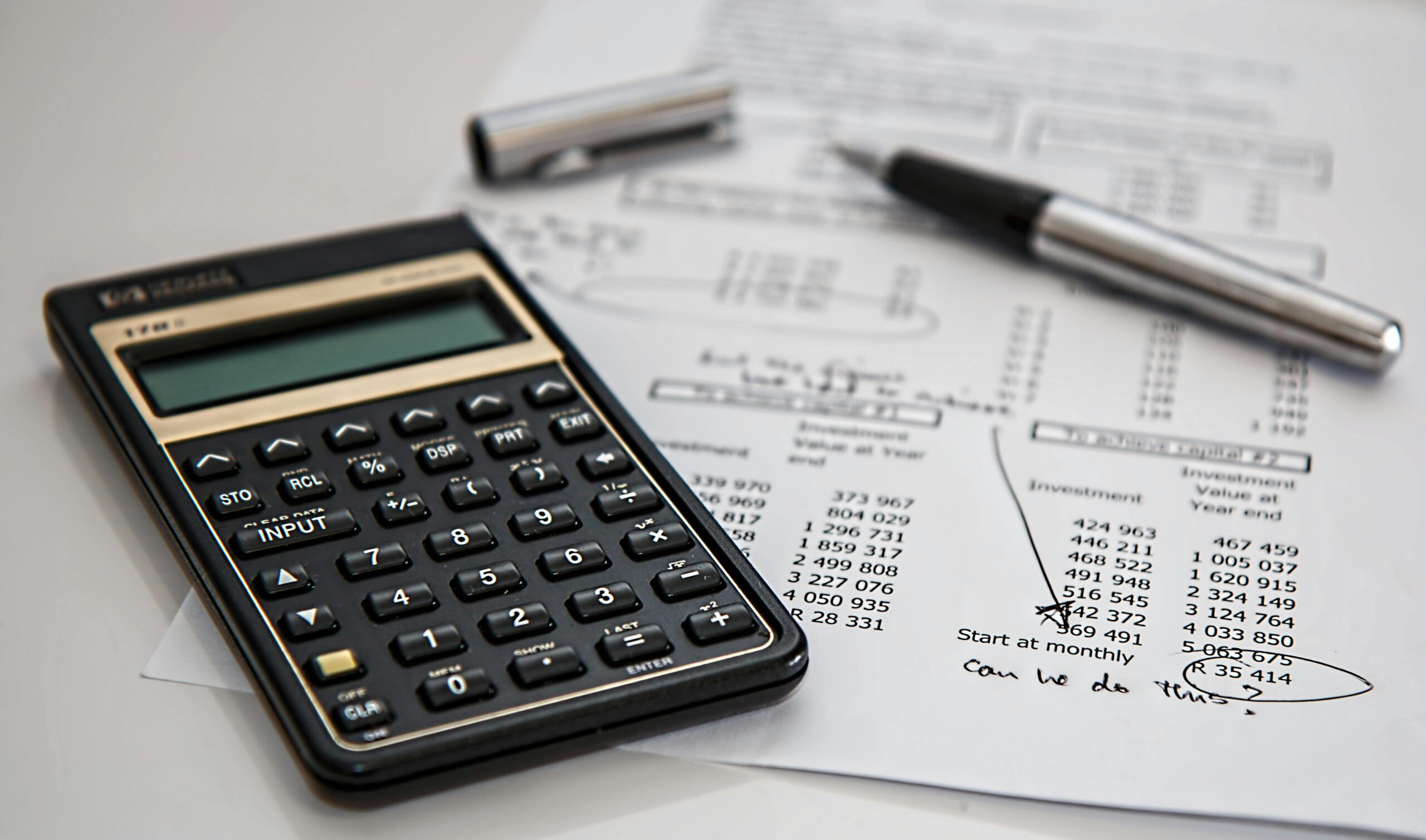Managing your finances is a critical aspect of any successful business or personal financial management strategy. Inside the deep world of managing your finances, there is one big, but frequently overlooked aspect. Bad debt expense is the money that a person or a business expects to lose when a loanee, which can be personal or creditor, fails to repay their outstanding debt. This might sound small, but its consequences can be far reaching, impacting a business’ profitability, or lead to damaged credit scores.
What is bad debt expense?
Bad debt expense happens when expected payments are not received. In personal finances, this can mean that you loaned some money to a friend or friend. But for business this occurs much more frequently. This often happens when invoices are not paid, because the customer can’t or won’t pay. For instance, if a business provides goods or services on credit, and the customer has 30 days to pay, but does not fulfill their obligation to do so, it results in bad debt. In personal finance the same thing can occur, but in reality the consequences are not that big most of the time.
How do you calculate bad debt?
There are 2 possible ways to calculate bad debt in business. The first one is the allowance method. This method involves estimating the potential bad debt, based on several factors. These factors exist of past trends, previous consumer behavior or sometimes even credit scores. This helps the business be prepared for possible losses and can help manage the financial planning.
The second method for calculating bad debt is by using the direct write-off method. This method does not make predictions, and recognizes the bad debts, only after they have been confirmed to be uncollectible. This method is reactive and straightforward, but has the downside of not looking to the future, which can cause shock or difficulties if the reaction is not fast enough.
Bad debts can have several consequences. For businesses it can reduce profitability by decreasing the revenue and the cash flow. This can make it harder for a business to meet the costs of operation. Another consequence is that a lot of bad debt can indicate bad policies or that the due diligence in evaluating creditworthy customers is done badly.
For individuals, bad debt can also affect the financial situation. Loans that are not paid can lead to financial troubles, if the loaner has to have the money back on a certain day. It can also lead to troubled relationships between the two people and create stress about the money that is not or won’t be paid back.

How to minimize the risk of bad debt
There are several ways minimize the risk that comes with bad debt, the most important ones to remember are:
- Make payments clear and sent out the invoices promptly
By keeping the payment clear, and making sure the customer or your friend understands when they are expected to pay, you make sure that there is no confusion. By sending out the invoices on time, customers get a reminder that they have to pay. Try to send out invoices on a particular day of the month. This way you can decrease the time between the sale and the payment.
- Follow up on late payments and offer payment alternatives
By tracking and following your payments, you know which ones are late. Follow up on this information by communicating with the costumer and try to resolve any issues that they might have, which keeps them from paying on time. This helps build a relationship with the client and decreased bad debt.
- Review and improve your due diligence
If you are struggling with a lot of bad debt, you might need to review and improve your due diligence, by having a stricter credit policy. This can decrease the bad debt in the future. If you are giving credits to people that have a history of not paying on time, you can make certain predictions and deny them the option of paying later.
Conclusion
Bad debt expense is often unavoidable, but can be managed effectively through making payments clear, following up on late payments and improving the credit policy. By approaching bad debts proactively, both businesses and individuals can minimize the risk that comes with bad debt.
